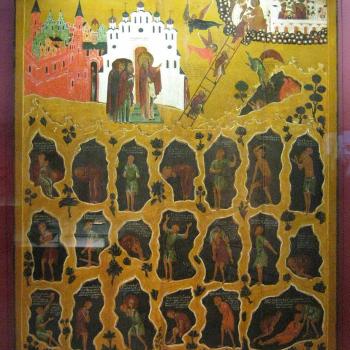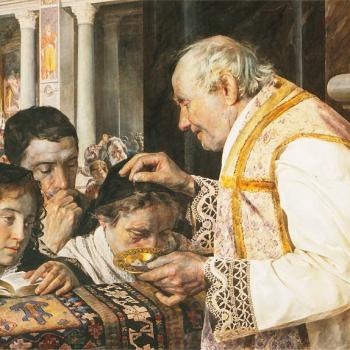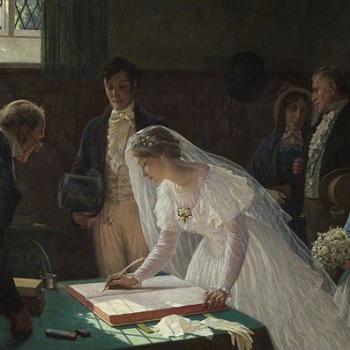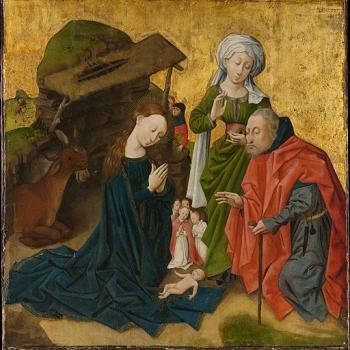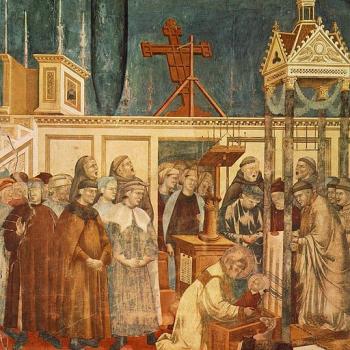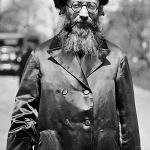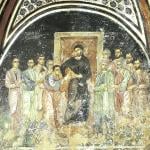I was catching up on my reading and I found a fascinating article in America Magazine by Fr. Michael Heintz on the two vocations of marriage and the priesthood. Having been reminded by a commentators to my earlier posts on vocations to the priesthood that it is one of several vocations, this essay was very timely. Towards the end of his article, the author draws a connection between the lack of priestly vocations and the crisis in traditional marriage. I do not have time to reflect more deeply on this, but I did want to share an extensive quote with everyone and get your thoughts on what he writes.
In conversations with young men discerning about a vocation to the priesthood, I used to think it was enough to ask the rather basic question, “Do you think you could live the life?” I soon realized that this question is insufficient. It is not enough just to live the life, to go through the motions and do what is asked. The celibate life must be embraced and lived with joy. Unhappy, disgruntled or edgy clerics are hardly a draw, and it is unsurprising that a young person may be less inclined even to consider such a life on the basis of encounters with such sullen celibates. At the same time, those considering marriage see how many marital relationships struggle or are fractured, and this no doubt has some influence on their apprehensions about entering marriage. As we worry about the declining numbers of priests and religious in the past several decades (a trend that may indeed be changing) and the challenges facing marriage as an institution, we should recognize that both married life and priestly life suffer from the same cultural malady: the fear of sustained commitments. The crisis (if indeed it is such) is not principally a matter of the “burden” celibacy imposes any more than it is about the “demands” of marriage and children. In short, both require self-emptying love, and it is precisely the permanence of that commitment—marriage or celibacy—that is so intimidating. On the one hand, seminaries and novitiates today encounter some who might be characterized as hyper-intentional, seemingly professional “discerners”—those who stew and ponder, moving from one community or diocese to another, apparently awaiting a kind of clarity simply not possible this side of the veil and who freight every decision with almost cosmic significance, paralyzed atop the fence of ambivalence. On the other hand, there is the pastoral challenge facing the church of the significant number of couples cohabiting prior to marriage (a phenomenon better understood as evidence of fear than simply a capitulation to concupiscence). Both are symptoms of a cultural aversion to commitment and reveal the genuine vulnerabilities at the heart of any meaningful gift of self, the former veiled as piety and the latter as, well, practice.






